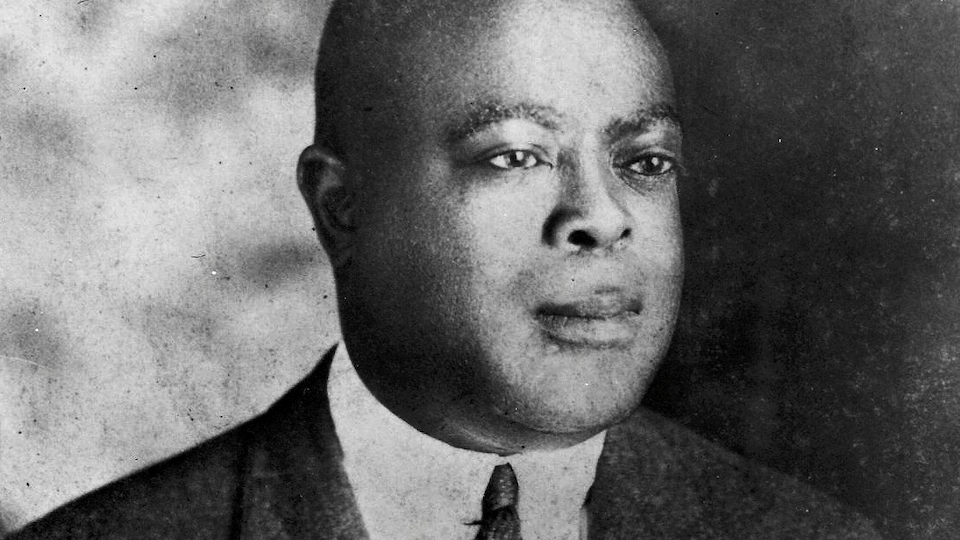It’s the waft of overheard music in New Orleans. The background score to classic shows like “Boardwalk Empire” that perfectly pins down a place and time. And the music that appeals to the soulful, swingin’ part of all of us.
Classic Jazz, aka “Dixieland,” has been around for over a century with its evolved pastiche of brass band marches, ragtime, and blues. It’s composed of a horn section, keyboards, banjos, and clarinets all wrapping themselves around a central melody (generally initiated by the brass) as they take turns stepping out into the forefront. It’s a form of music so deeply rhythmic that one cannot help but move to it. It’s got some sweet debauchery woven through, appropriate to its “Roaring ’20s” roots. It is a musical genre that can feel paradoxical: simultaneously loose and tight when done right.
Jazz has evolved over time, growing more arcane and less conventionally melodic. All types of jazz have value and devoted followers, but the original “Dixieland” is the cradle of the movement and deserves a resurgence. Here are some examples to wake up your spirit.
Livery Stable Blues (1917) – The Original Dixieland Jass Band
The origin of jazz (or “jass,” as it was briefly called until cheeky scofflaws crossed out the “J” on concert posters), right here! “Livery Stable Blues” is the first issued jazz record, and it was an auspicious beginning. The Original Jass Band keeps it tight at the outset with its glowing horn and overlay of clarinet, keyboards, and percussion. It’s a tune that stays fairly conventional until it flares out into some great instrumental gymnastics, with the brass sounding like human and animal voices, which became a trope with Dixieland music.
Darktown Strutter’s Ball (1917) – The Original Dixieland Jass Band
Written by Shelton Brooks, “Darktown Strutter’s Ball” has become a popular jazz standard, covered by the best musicians (The Boswell Sisters, Joe Brown, Phil Harris, Bing Crosby, among many others) and featured prominently in an episode of the “Tom and Jerry” cartoons, to boot! Here, the Original Dixieland Jass Band swings a little harder and plays a little rougher, to great effect. “Darktown Strutter’s Ball” has charisma & spirit to spare.
Kansas City Stomp (1923) – Jelly Roll Morton
“Jelly Roll” Morton was a monarch of the form, morphing from ragtime into New Orleans jazz. He was a top performer and the first to get the music down on paper for posterity. In doing so, he proved to generations of future jazz artists that written composition didn’t have to spoil the swinging improv feel. “Kansas City Stomp” (an ode to a bar of the same name in Tijuana, Mexico, not either of the American cities) features an alluring opening, maestro clarinet, and stunning solos as the band members take turns warbling their way to a glorious conclusion.
Grandpa’s Spells (1923) – Jelly Roll Morton
Jelly Roll’s musical chops were never more wittily honed than in this fabulously nutty piece about – Grandpa’s seizures, maybe? It remains a mystery, but the controlled frenzy of the track’s pace would seem to suggest something of the sort. “Grandpa’s Spells” plays up the stringed and reed instruments; the combination of a madcap concept with crystalline musicianship makes for a winning tune.
Dipper Mouth Blues (1923) – King Oliver’s Creole Jazz Band/Louis Armstrong
When you’re the mentor of the great jazz legend Louis Armstrong, you’re doing something right. So connected were Armstrong and Creole Jazz icon King Oliver that there remains a shred of uncertainty as to who gets composing credit here, mainly because “Dipper Mouth” was one of Armstrong’s colorful nicknames. But overall, it’s considered to be the work of Joe “King” Oliver and his Creole influence gives it extra panache. It distinguishes itself further by featuring Oliver’s trademark trumpet mute manipulations, enhancing that satisfying “wah-wah” sound.
At the Jazz Band Ball (1927) – Bix Biederbecke
First, a hat tip once again to The Original Dixieland Jazz/Jass Band who, one decade earlier, recorded the original rendition of this swinging standard. But the finest version is from a man considered by many to be the gold standard of the genre, the mighty Bix Biederbecke. Though Bix died tragically at 28 in 1931, he left behind a legacy of classic jazz at its purest. A renaissance musician whose primary instrument was the cornet, his bell-like tones, and inspired compositions hold up to perfection.
“At the Jazz Band Ball” opens with an uptempo swing that builds into a sassy Charleston interlude, keeping the listener rapt with trade-off band solos. Filled with brass, clarinet, and excitement, it conjures up the vibe of the Jazz Age: bathtub gin, dancing, and post-war freedom. It concludes with an adorable brief tag that releases us from its musical grip.
Biederbecke was born in Iowa, came up all over the Midwest, and passed away in Queens, NY, but he continues to personify the best of New Orleans Jazz. It is provident that he lived at a time when his music could be recorded for posterity. It will endure forever.
-Ellen Fagan
Photo: King Oliver, 1915 (public domain)





0 comments on “The Joys of Dixieland Jazz”